China increases gold reserves
Data from the PBoC shows that this is the 17th consecutive month that China has increased its gold reserves amid the continuous increase in the price of this precious metal.
As of the end of March, the amount of gold held by the PBoC had increased to 72.74 million ounces (2,262 tonnes), up 160,000 ounces, or about 5 tonnes, from February.
China observers say the growing gold holdings show the central bank's focus on traditional safe-haven assets as well as national financial security amid growing global market turmoil.
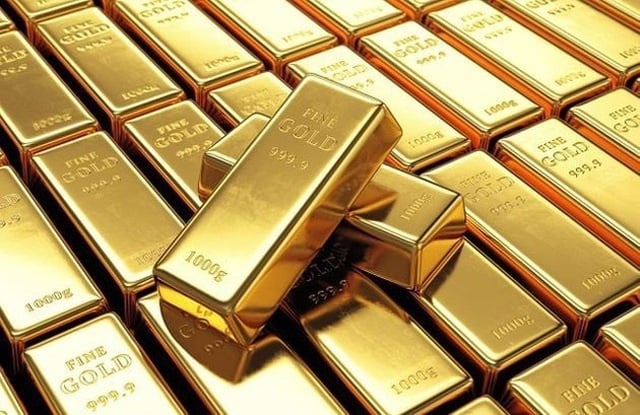 |
| Gold is seen by investors as a safe haven in times of turmoil and a hedge against currency devaluation. |
Global central banks, led by China and India, continued to add to their gold reserves in February, marking the ninth consecutive month of growth, according to the World Gold Council (WGC).
China bought 225 tons of gold last year, accounting for a quarter of the 1,037 tons bought by all central banks worldwide, the WGC said. The PBC added 22 tons to its gold reserves in January and February alone.
Investors reduce expectations of Fed rate cut
Spot gold fell 0.2% to $2,325.26 an ounce at 9 a.m. on April 8 (Vietnam time). Previously, the precious metal hit a record $2,330.50 an ounce on April 5.
Thus, gold prices have left the peak, when the latest US employment report fell to 3.8%, causing investors to reduce bets on the possibility of the US Federal Reserve (FED) cutting interest rates sharply this year.
Gold prices fell as much as 1.2% at one point, pressured by rising US Treasury yields, after the US March jobs report posted its biggest gain in nearly a year.
Those numbers support the argument that the Fed will not be in a hurry to loosen monetary policy, experts say.
“ Gold prices are always sensitive to US interest rate adjustments. Because high interest rates will help the USD strengthen, but significantly reduce the attractiveness of non-yielding assets such as gold ,” experts said.
Investors will be closely watching U.S. inflation data for March due on April 10, which could shed more light on policymakers’ stance on lowering borrowing costs.
Earlier, Fed Chairman Jerome Powell said the Fed's job in curbing inflation was "not done" and the central bank needed "greater confidence" that price pressures were easing before cutting interest rates, while also taking a cautious stance on any rapid changes to monetary policy.
Mr Powell's comments came after the latest forecasts from Fed officials in March showed they expected to cut interest rates by 0.75% this year. The benchmark US interest rate is currently around 5.25-5.5%, a 23-year high.
Source




![[Photo] President Luong Cuong attends the inauguration of the international container port in Hai Phong](https://vphoto.vietnam.vn/thumb/1200x675/vietnam/resource/IMAGE/2025/5/13/9544c01a03e241fdadb6f9708e1c0b65)


![[Photo] Prime Minister Pham Minh Chinh meets with US business representatives](https://vphoto.vietnam.vn/thumb/1200x675/vietnam/resource/IMAGE/2025/5/13/5bf2bff8977041adab2baf9944e547b5)
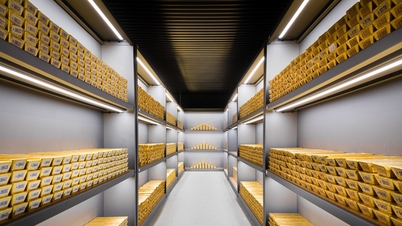


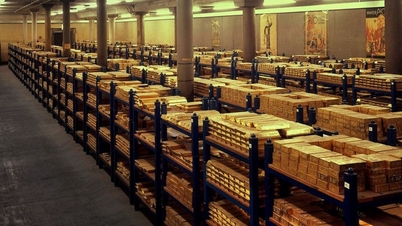

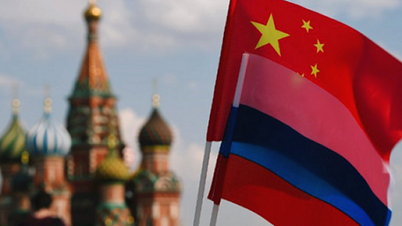



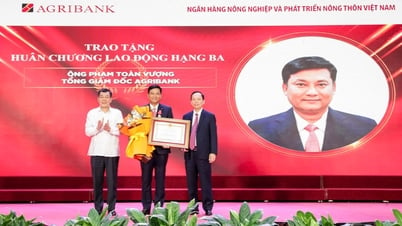
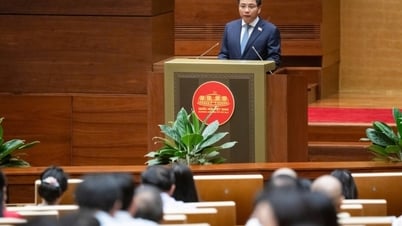

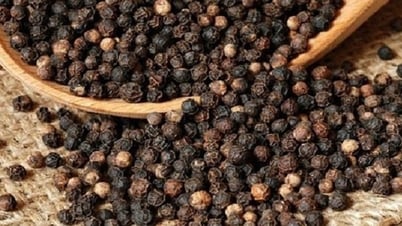





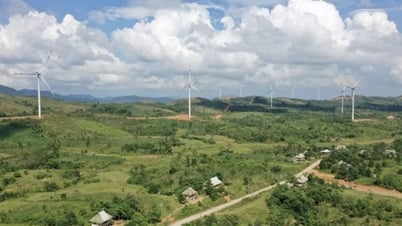
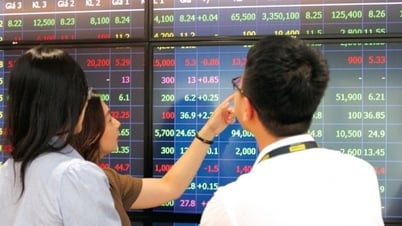




























































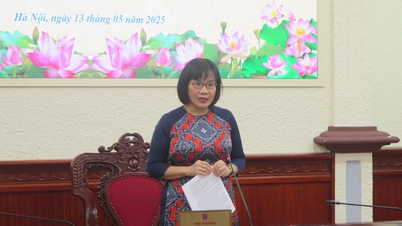














Comment (0)